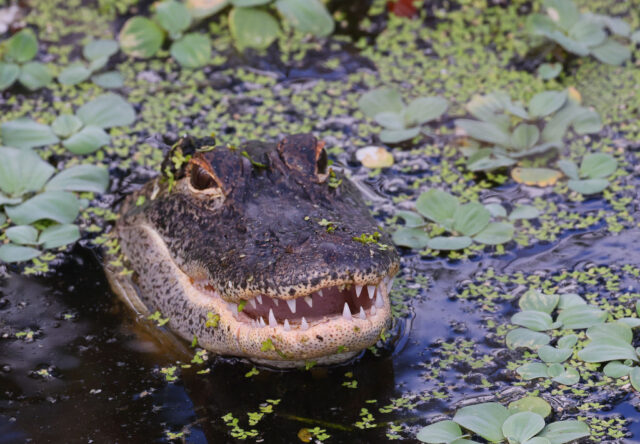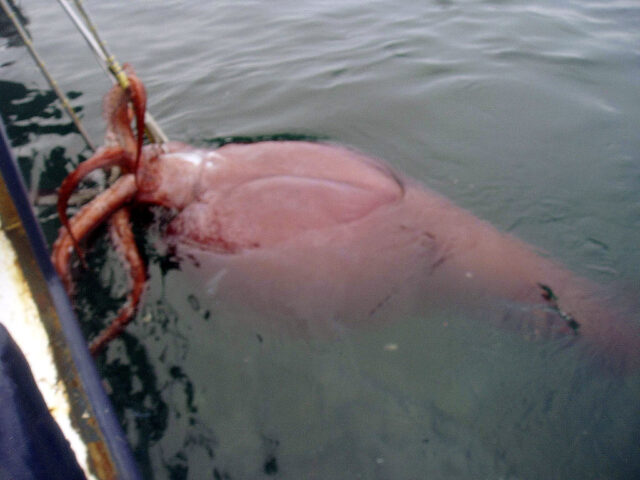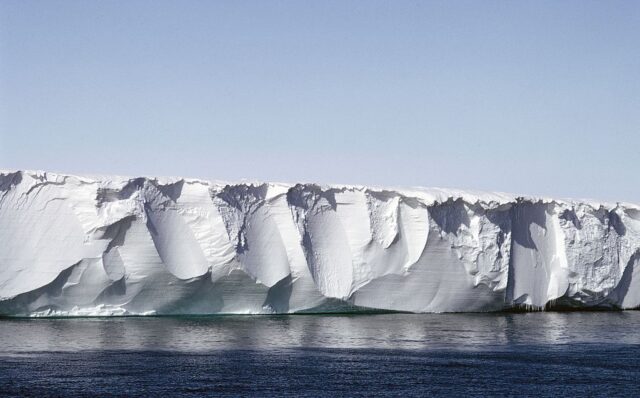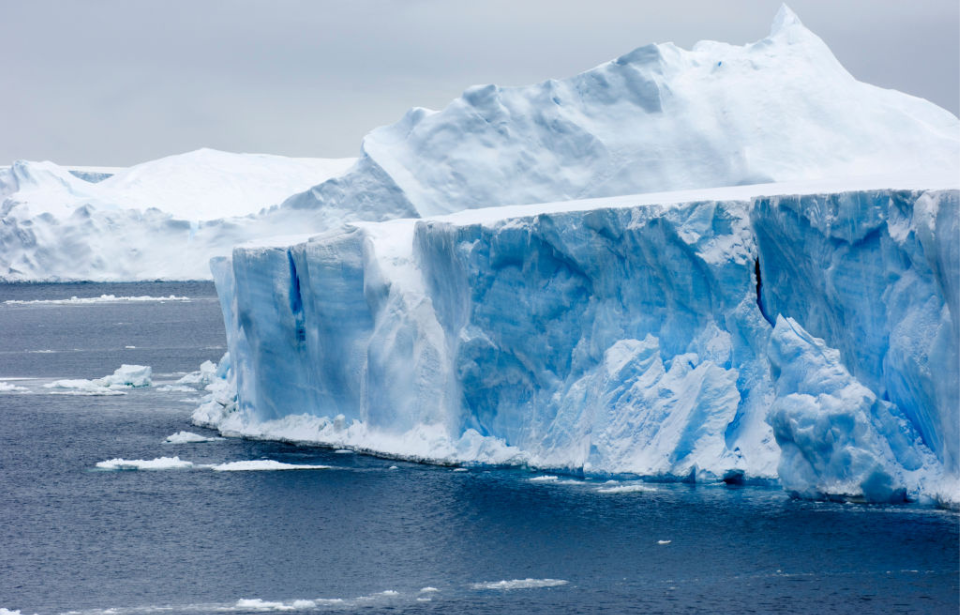Ice is more than just frozen water that many of us slip on in the winter. Located beneath its surface are a host of things and organisms just waiting to be discovered. The following is a list of some strange items that have been found beneath the ice, from live animals to a long-lost wartime aircraft.
A living alligator

It might be surprising to learn this is a pretty common discovery beneath the ice, thanks to a phenomenon known as brumation. The reptile version of hibernation, it’s when alligators go beneath the surface of the water to protect themselves from the cold. Similar to warm-blooded animals, their metabolism slows and they hardly move. To ensure they’re able to get oxygen, they stick their snouts out of the ice.
The next time you’re walking along a frozen lake, be sure to keep an eye out for alligator snouts. They’re definitely not something you want to accidentally step on.
One million-year-old DNA

In October 2022, the study “Ancient marine sediment DNA reveals diatom transition in Antarctica” was published in the journal Nature Communications. In it, researchers revealed they’d discovered one million-year-old DNA beneath the ice, the oldest ever found within seafloor sediment.
It’s hard to imagine anything being one million years old, let alone the remains of ancient microorganisms!
Colossal Squid

The largest squid species, in terms of their weight, Colossal Squid call the waters in and around Antarctica home. They live more than 1,000 meters below the ocean’s surface, meaning it’s incredibly rare for humans to actually come across one. That doesn’t mean, however, that it’s never happened.
In 2007, a fishing crew from New Zealand were operating their vessel south of the country when they accidentally hooked one of the large invertebrates. It was eating one of the fish they were catching, and to say the crewmen were surprised to see the creature, dinner plate-sized eyes and all, would be an understatement.
The over-1,000-pound squid is currently on display at the Museum of New Zealand Te Papa Tongarewa.
‘Hidden world’

Antarctica is home to vast ice shelves that rival even the tallest skyscrapers. Just a few hundred kilometers away from the region’s Ross Ice Shelf, beneath the frozen landscape, a team of scientists from New Zealand found what they describe as a “hidden world” of marine life.
The team drilled down 500 meters into the ice and were surprised to find their camera suddenly swarmed by mini sea creatures known as amphipods. While surprising, it was a welcome discovery, as it shows thriving ecosystems are located beneath the near-impenetrable ice shelf.
Message in a bottle

People don’t typically send messages in a bottle anymore, but that doesn’t mean some don’t continue to be found – albeit a few decades after they were tossed into the ocean. In 2013, 54 years after it was sent, one was discovered in northern Canada. It was sent by a Californian explorer and glaciologist.
The message, written by Paul T. Walker in July 1959, requested a measurement of the distance from his position to the ice shelf on Ward Hunt Island. The findings were then to be reported back to either his colleague or Ohio State University. Unfortunately, Walker suffered a stroke that left him paralyzed. He died at his parents’ home in Pasadena, without his message having been found.
Long-lost World War II-era aircraft

Just because Greenland wasn’t necessarily all that active in the Second World War doesn’t mean it doesn’t feature in the conflict’s history. In particular, it was the site of a crash involving an American-flown Lockheed P-38F Lightning in 1942.
In July of that year, six P-38s with the 94th Fighter Squadron, 1st Fighter Group were forced to land in Greenland while flying as part of Operation Bolero. While all the crew members were rescued, the aircraft were not. Instead, they were left to become buried beneath the snow, where they remained for 50 years.
In 1992, one of the P-38s, named Glacier Girl, was brought to the surface by the Greenland Expedition Society and subsequently restored to flying condition. In October 2002, she returned to the air, 60 years after she left the skies.
Ötzi

We couldn’t write this list without including at least one of the ancient beings found beneath the ice. Ötzi is the name given to the man discovered in the Ötzal Alps in 1991. He’s believed to have lived between 3350 and 3105 BC, and the condition of his remains has led scientists to believe he was murdered.
Despite being discovered over 30 years ago, very little is known about Ötzi’s life. For the time being, his belongings, as well as his actual body, are on display at Italy‘s South Tyrol Museum of Archaeology.
River longer than the Thames

The Thames is one of the most popular rivers in the world, so it’s unsurprising that scientists would compare a newly-discovered Antarctic river to it. In 2022, the study “Antarctic basal environment shaped by high-pressure flow through a subglacial river system” was published in the journal Nature Geoscience. It announced the discovery of a large river running beneath the ice’s surface.
More from us: Can’t Travel? Visit These Replicas of the World’s Most Popular Landmarks!
Situated 286 miles below, it has the potential to impact not only how the surrounding water flows, but how the ice melts in the subsequent decades.
